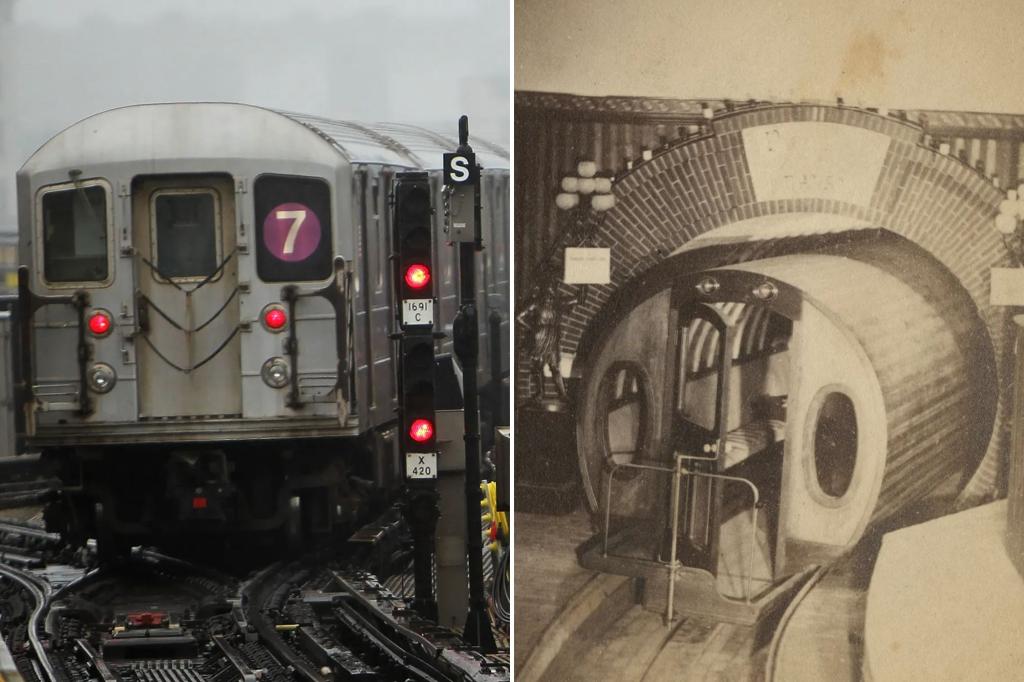On February 26, 1870, New York’s elite descended into the basement of Devlin’s clothing store for an extravagant event hosted by inventor Alfred Ely Beach, who unveiled a secret pneumatic subway he had constructed. This lavish "Under Broadway Reception" aimed not just to impress, but to sway public opinion and compel political action for mass transit. Beach had cleverly misled authorities into believing he was merely creating a postal pipe, allowing him to construct an impressive 300-foot tunnel beneath Broadway.
Beach’s demonstration showcased a clean, efficient subway alternative to the slow omnibuses and horse-drawn carriages, gaining public support through a visually appealing experience. However, powerful business interests, particularly stagecoach companies, colluded with political leaders like Boss Tweed to stifle Beach’s ambitions. Despite public interest and petitions, Beach’s plans remained limited to a single block, unable to overcome the political barriers.
The initial showcase, while innovative, attracted scrutiny when surface-level issues arose, leading officials to confront Beach, who denied them access. Ultimately, Beach’s vision was quashed, and it would take another 30 years before New York’s subway system began construction, with the first line opening in 1904.
Matthew Algeo’s book, New York’s Secret Subway, draws parallels between Beach’s efforts and contemporary infrastructure challenges, highlighting how politics often obstructs technological advancement. He likens Beach’s achievements to modern concepts like Elon Musk’s Hyperloop, noting that while Beach realized his vision, Musk’s remains unproven.


